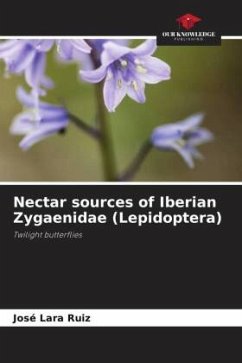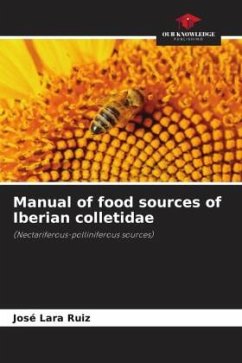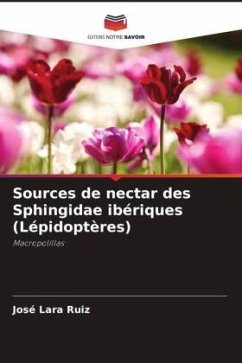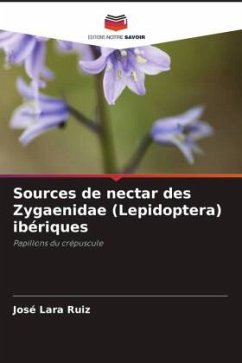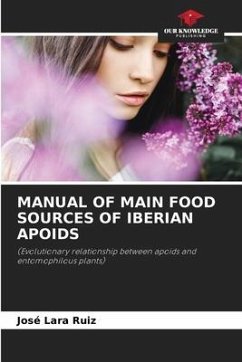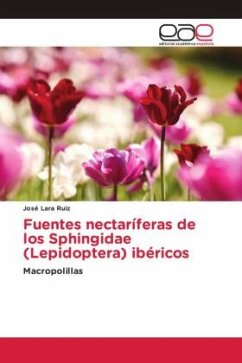
Nectar sources of the Iberian Sphingidae (Lepidoptera)
Macropolillas
Versandkostenfrei!
Versandfertig in 6-10 Tagen
29,99 €
inkl. MwSt.

PAYBACK Punkte
15 °P sammeln!
Sphingidae moths are attracted to flowers that produce large amounts of nectar. They are able to fly by hovering, and so pollinate, which requires a lot of energy. That energy is provided by the sugars in the nectar of the flowers. From the moth's perspective, it is getting a reward in the form of nectar from a flower. But what does the flower gain by employing a moth as a pollinator instead of using a bee, hummingbird, syrphid, beetle, etc.? Sphingidae moths can be long-distance fliers, often traveling several miles in one night in search of nectar. This means that pollen is carried farther a...
Sphingidae moths are attracted to flowers that produce large amounts of nectar. They are able to fly by hovering, and so pollinate, which requires a lot of energy. That energy is provided by the sugars in the nectar of the flowers. From the moth's perspective, it is getting a reward in the form of nectar from a flower. But what does the flower gain by employing a moth as a pollinator instead of using a bee, hummingbird, syrphid, beetle, etc.? Sphingidae moths can be long-distance fliers, often traveling several miles in one night in search of nectar. This means that pollen is carried farther away from the plant where it originated, which could lead to greater genetic diversity for plants. In addition, since moths do not eat or clean up the pollen that accumulates on their bodies when they visit a flower, any pollen on them has the potential to be deposited on the next flower, rather than being lost.



